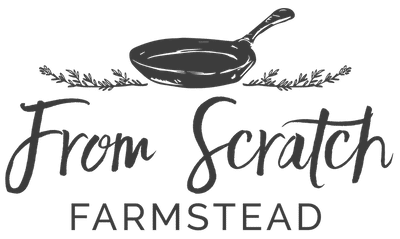14 Frugal Homestead Ideas
Many homesteaders try to live a more resourceful and simple life. However, keeping monthly expenses from creeping up can still be a significant challenge. Our homesteading family of six has lived off one small income for over a decade and here we share our 14 frugal homestead ideas to thrive on any budget. Fun frugal…


